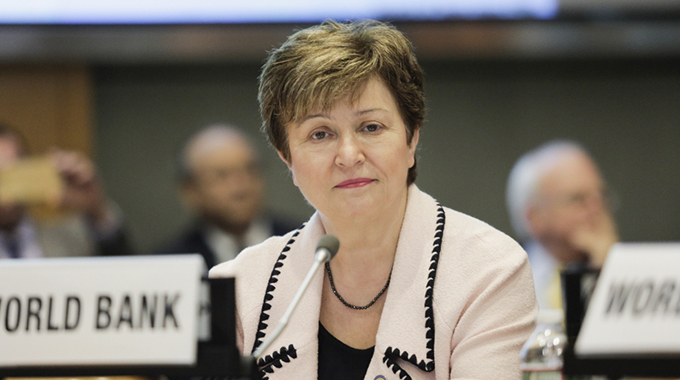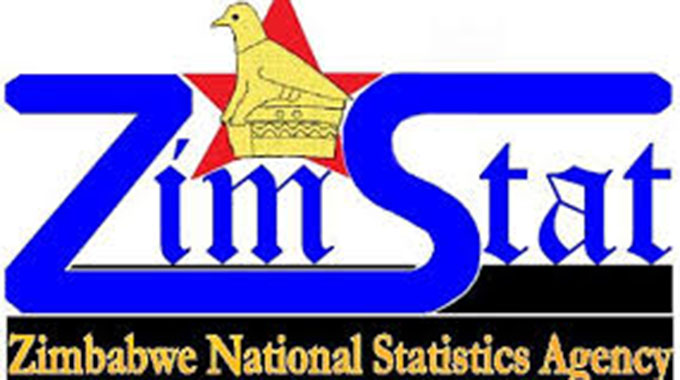Zim to deploy US$1bn IMF SDRs to strategic areas

Tawanda Musarurwa
Senior Business Reporter
Zimbabwe will deploy its windfall of nearly US$1 billion in special drawing rights likely to be issued by the International Monetary Fund to push harder and faster the economic recovery and key social programmes for vulnerable groups.
While Zimbabwe expects a strong economic growth of 7,4 percent this year, driven by agriculture and mining, after a good rainy season, it still faces shortage of foreign currency needed to support key economic sectors and the poor.
The country is, however, set to receive a shot in the arm now that the IMF is in the final stages of approving an issue of SDRs equivalent to US$650 billion to its 190 members to provide the needed liquidity to absorb global shocks and support recovery from the impact Covid-19 pandemic.
Zimbabwe’s share will be just under US$1 billion.
Finance and Economic Development Minister Professor Mthuli Ncube said recently Zimbabwe will use its share as guided by the IMF, focusing on areas that support economic recovery as well as key social programmes.
The new SDR allocations are meant by the IMF to supplement members’ foreign exchange reserves to reduce reliance on more expensive domestic or external debt.
A fortnight ago, the IMF executive board gave its backing for the SDR distribution and the IMF has since indicated that it is working to have the distributions of the funds done by next month.
“I will now present the new SDR allocation proposal to the IMF’s Board of Governors for their consideration and approval. If approved, we expect the SDR allocation to be completed by the end of August,” said IMF managing director Kristalina Georgieva recently.
Of the US$650 billion, African members will receive a total of US$33 billion.
Typically, the distribution of the SDRs is done according to each member state’s IMF quota.
And Zimbabwe’s current quota stands at 0,15 percent, which means the country could receive just under US$1 billion.
Unlike commercial loans from the global lender, SDRs are an accounting unit of the IMF, which any member can exchange with another for cash. They are not a loan and neither do they impose any financial burden on the receiver.
This year’s planned SDR distribution, if approved, would be almost double the US$500 million SDRs equivalent that Zimbabwe received in 2009.
The 2009 SDRs contributed significantly to recovery from the 2008 global financial crisis.
“Every country should be receiving SDRs, so Zimbabwe is expecting them, but we want to wait until we know for sure, and what that quantum is. We will use it for what it is targeted.
“We expect the IMF to issue a guidance note in terms of the usage of SDRs. It’s really to support economic recovery and social sectors.
“We will do the same and support health, education, vaccine acquisition and social protection programmes, but also we need to invest the money in future growth so that it supports the real economy,” said Minister Ncube.
“So we want to invest in positive rate of return projects and sectors to support the economy, and finally we will have to use a portion to stabilise our currency and build our reserves.”
According to the IMF, “the SDR allocation will help every IMF member country — particularly vulnerable countries — and strengthen their response to the Covid-19 crisis.”
Under the IMF’s Articles of Agreement, the managing director may make a proposal for a general SDR allocation if the managing director is satisfied that the allocation would help meet a long-term global need to supplement existing reserve assets in a manner that will avoid stagnation and deflation as well as excess demand and inflation, and there is broad support among IMF members for the allocation.
Minister Ncube said Zimbabwe will not be using the funds for transactional purposes.
“I won’t specifically say that we will use it for the foreign currency auction, because that is transactional. There is a difference between a stock and a flow, we would rather have SDRs being a stock than a flow,” he said.







Comments